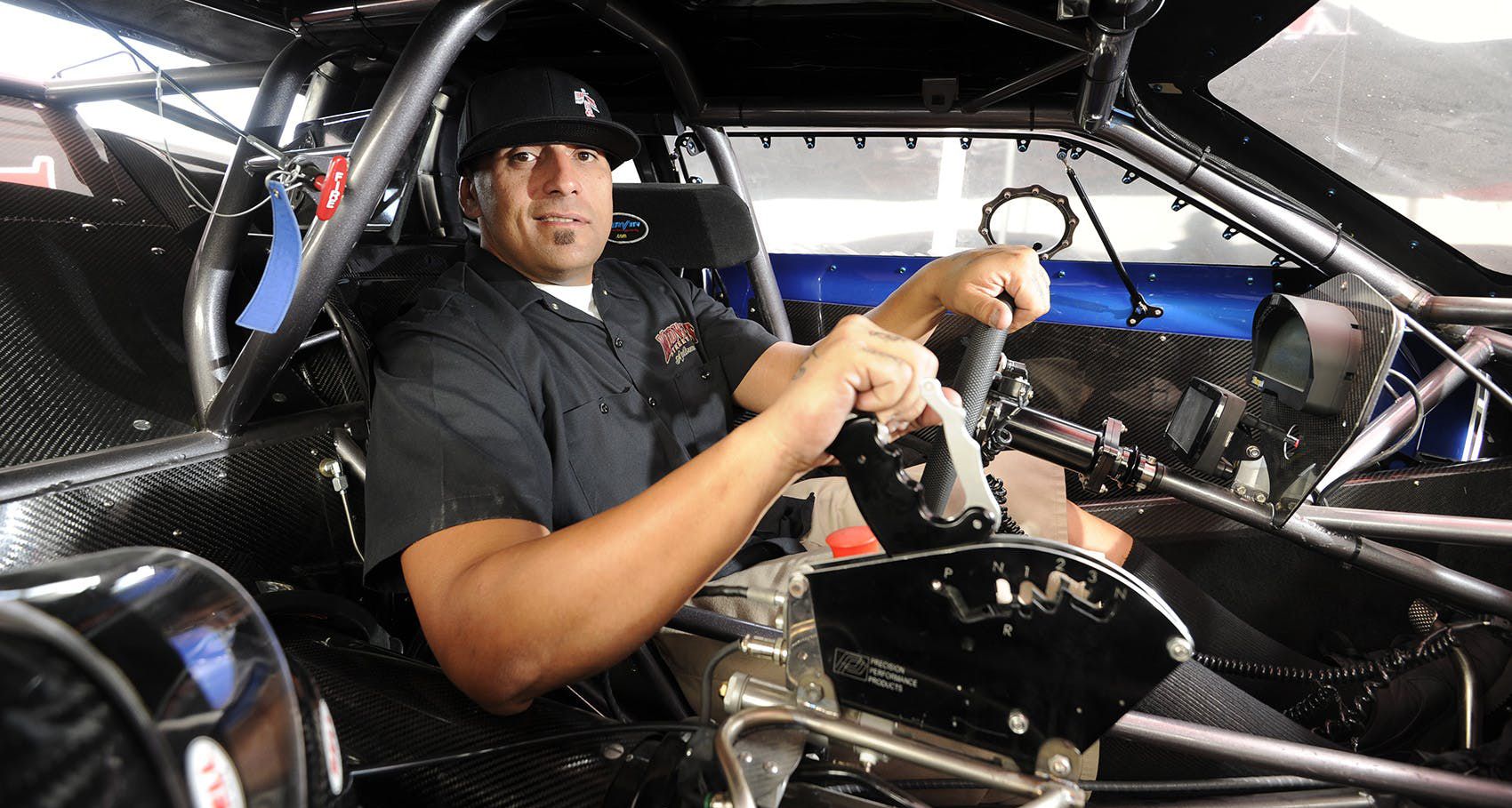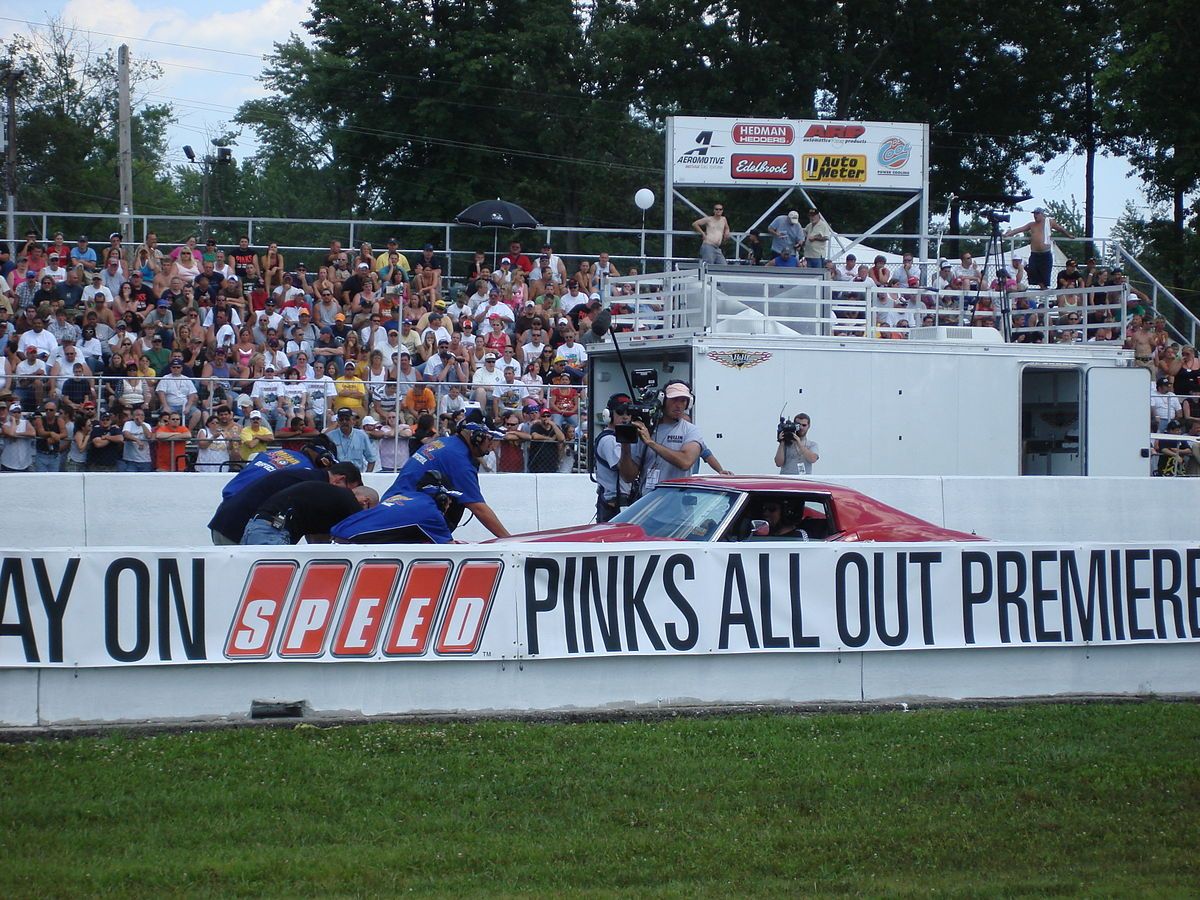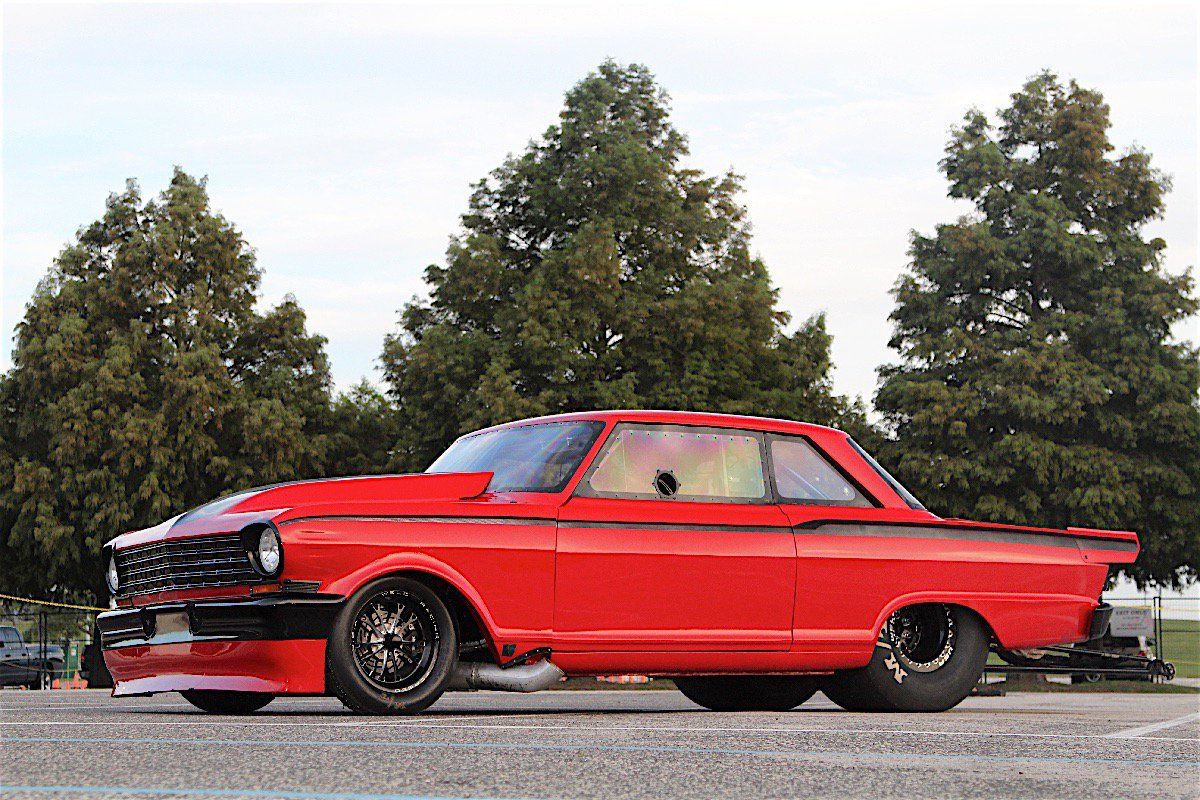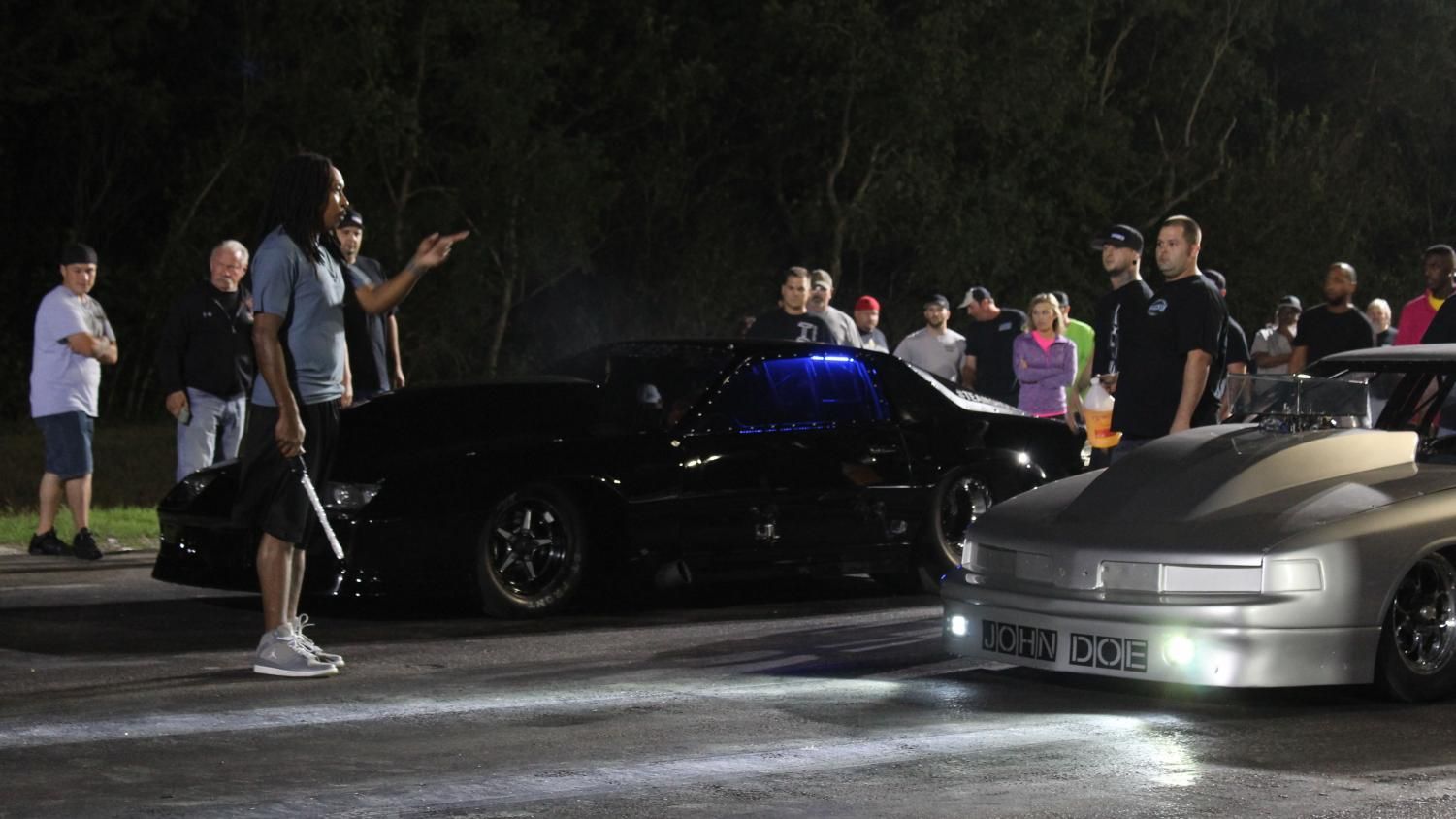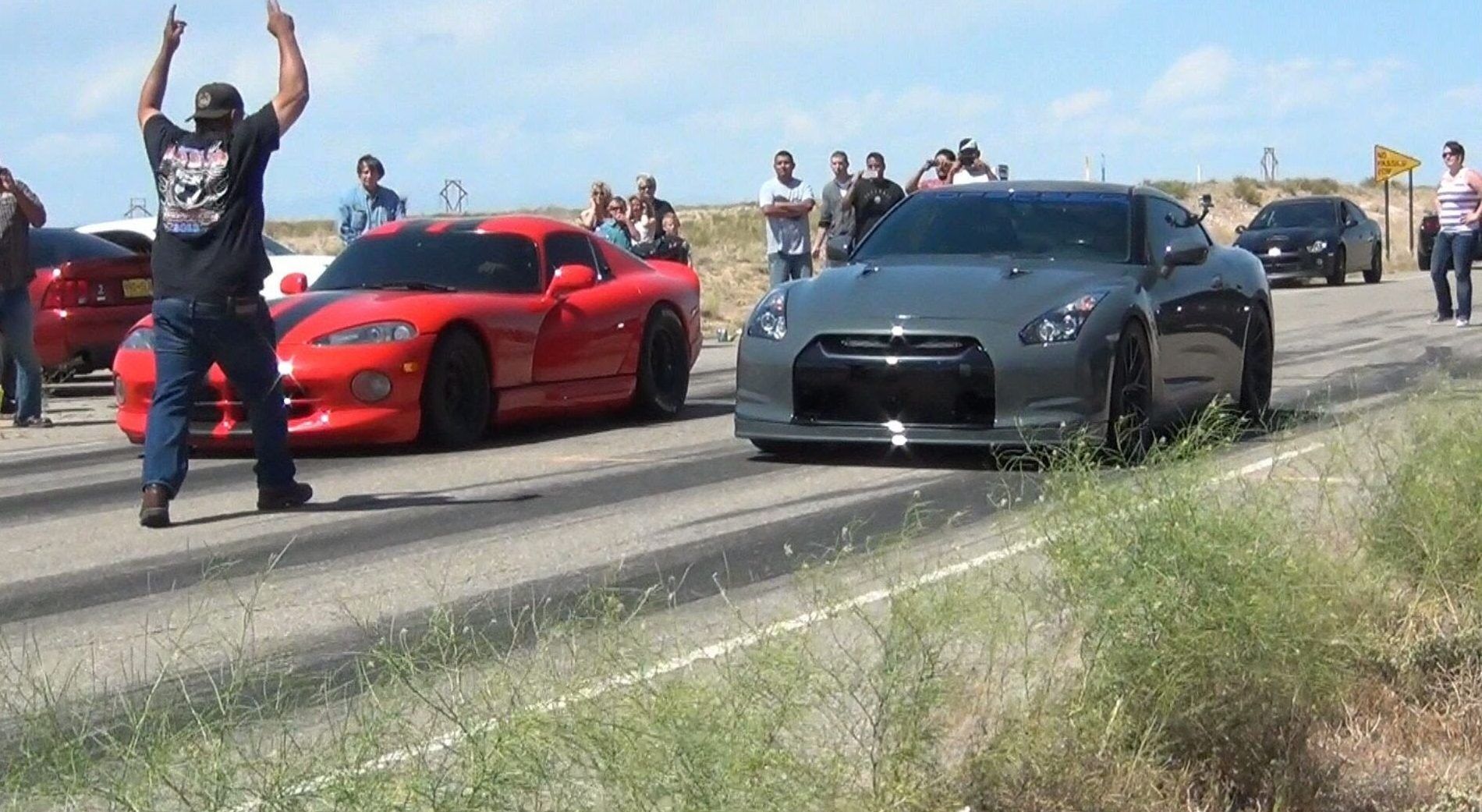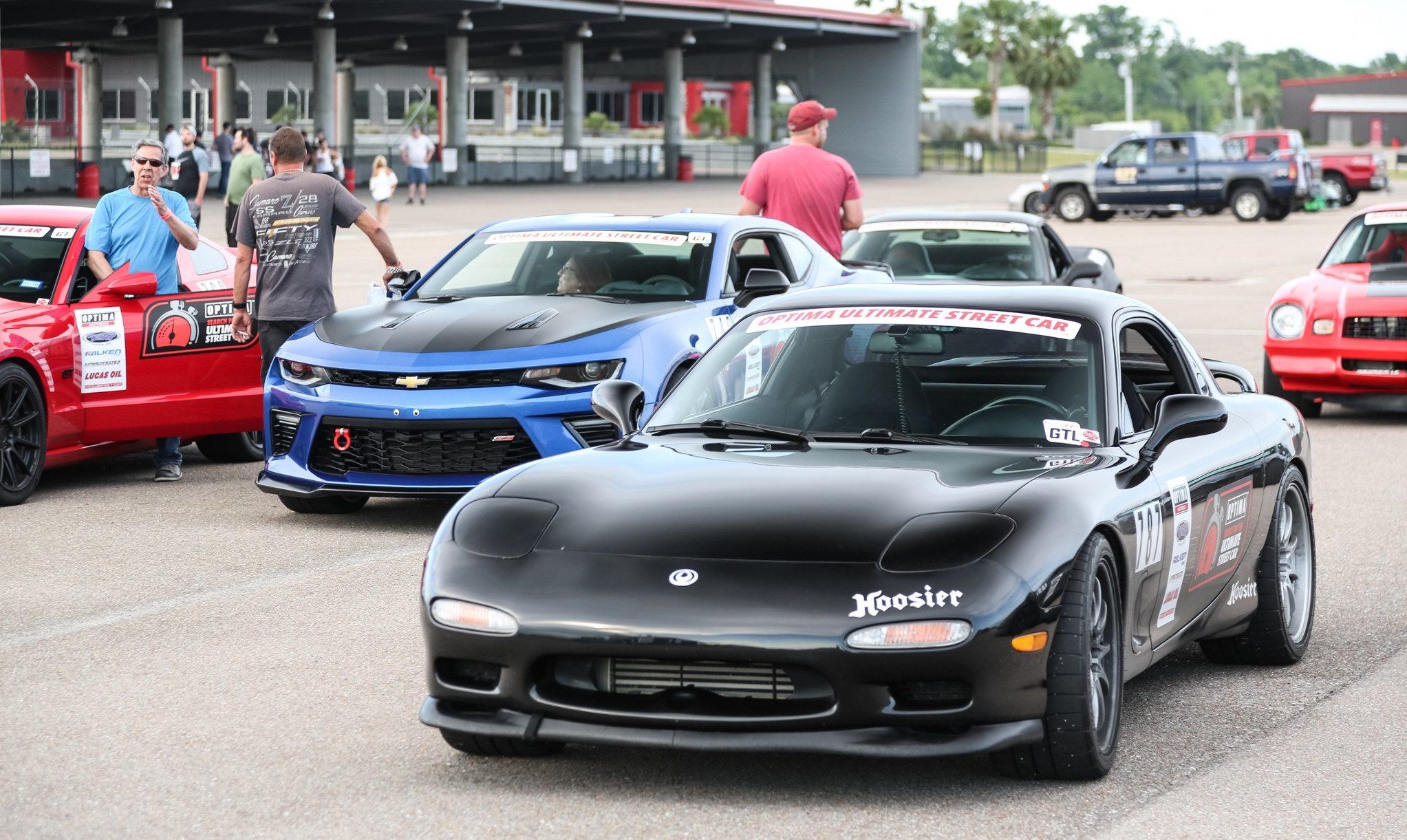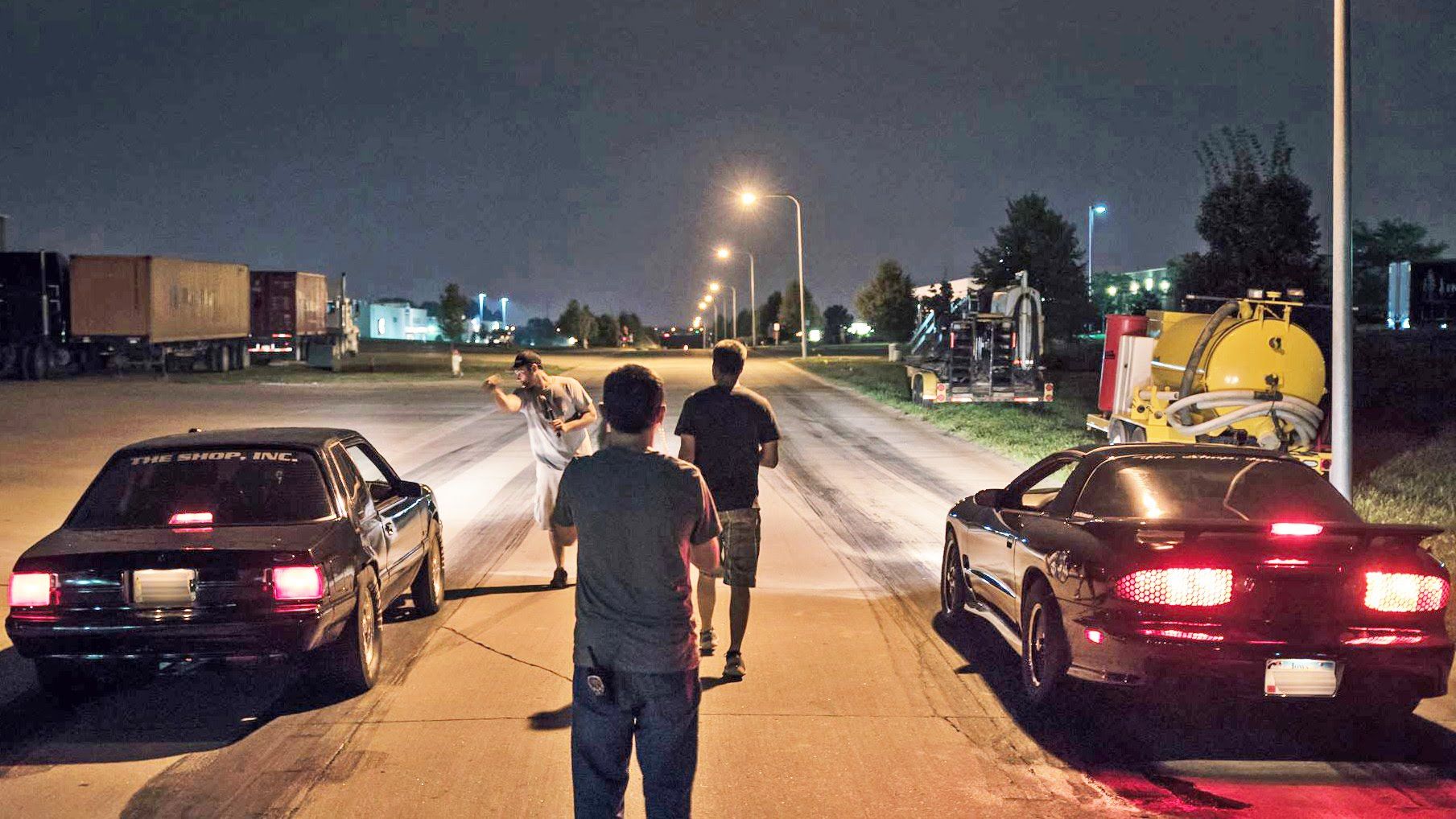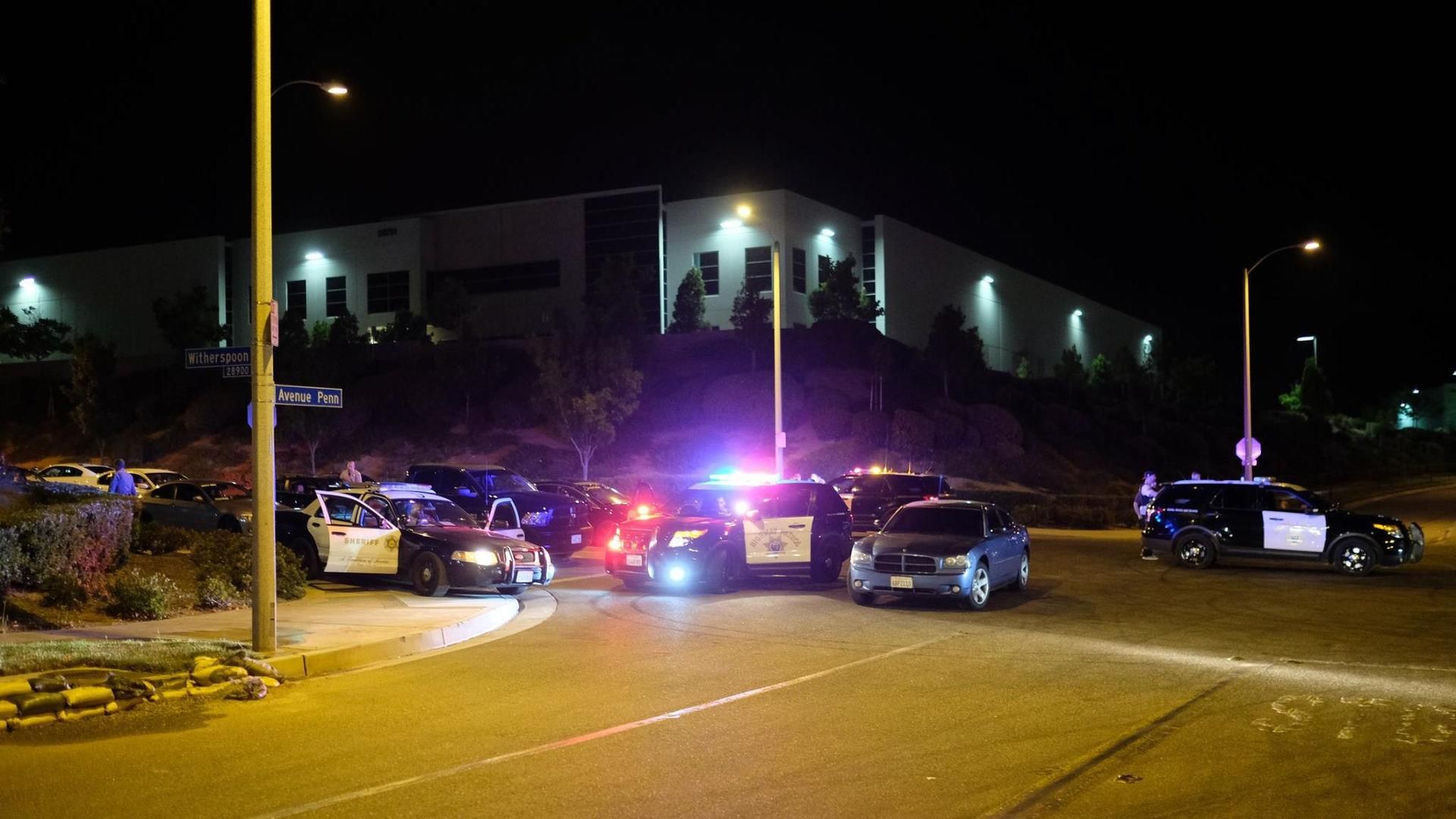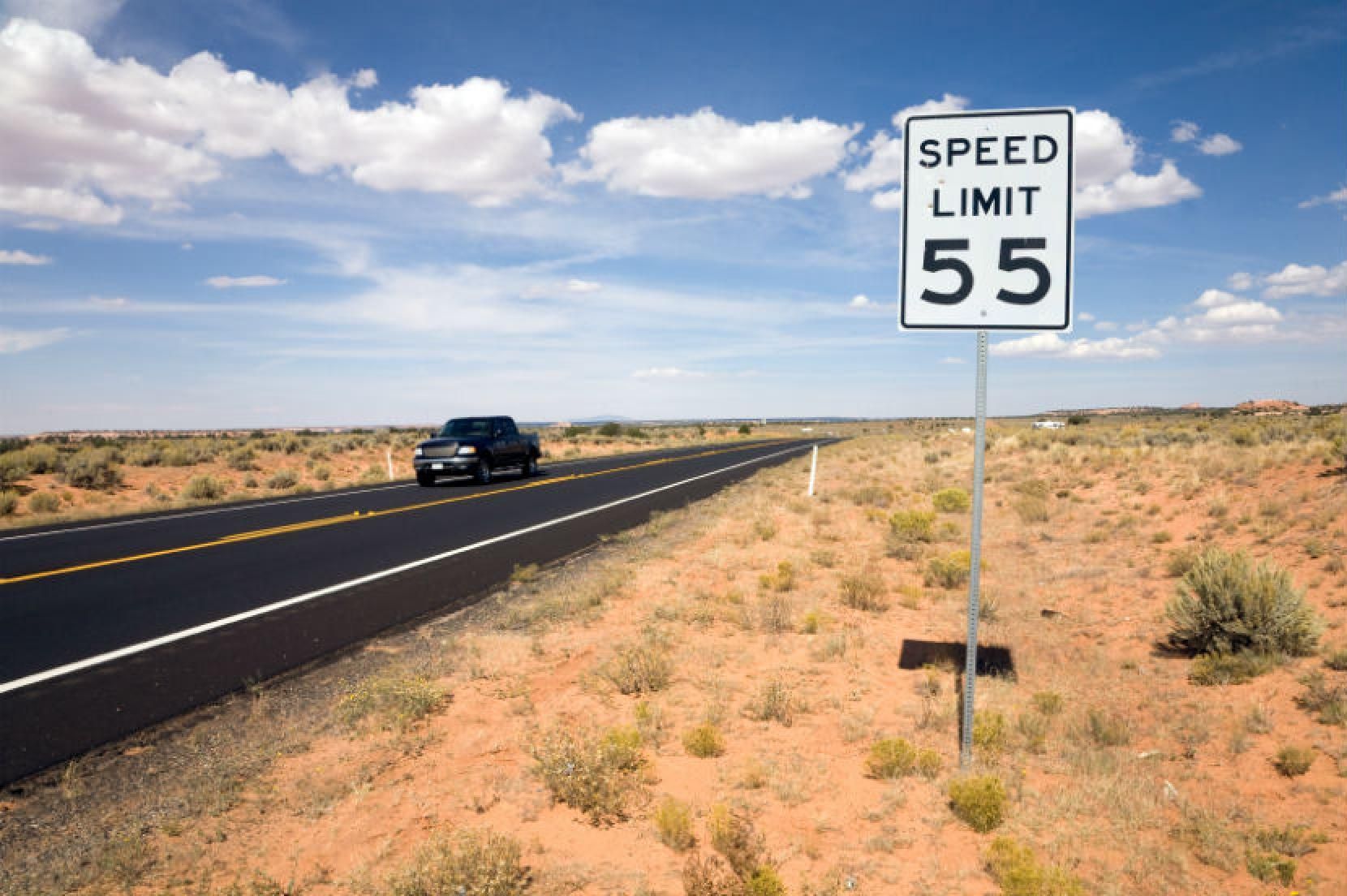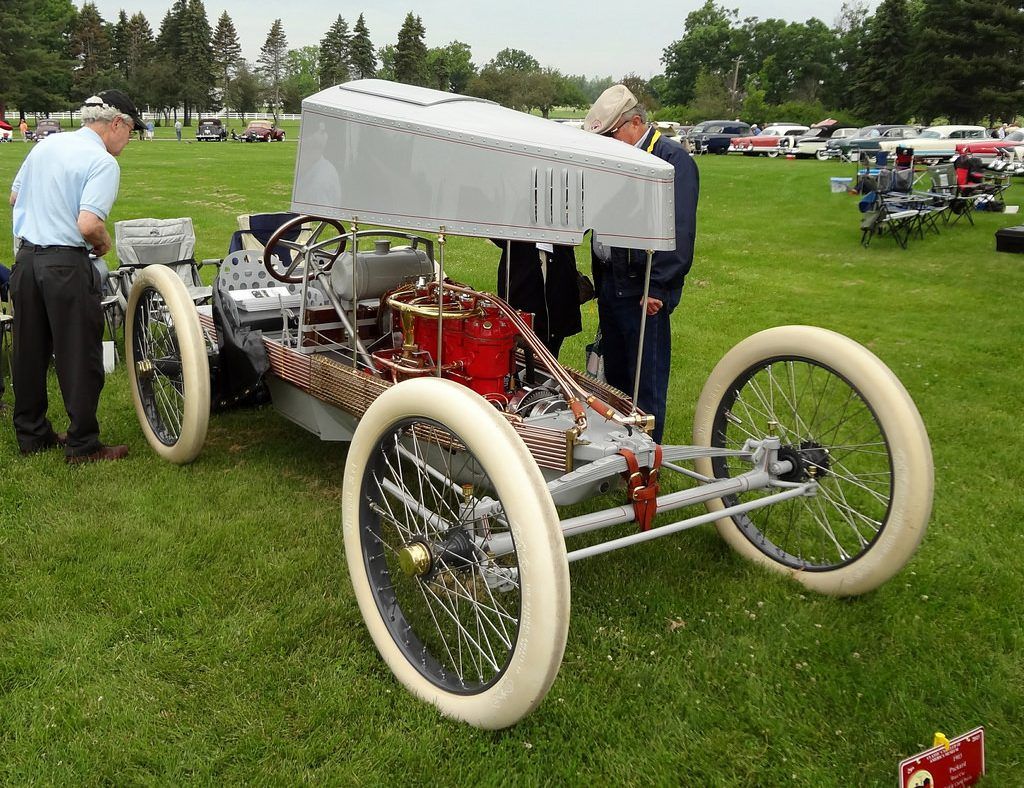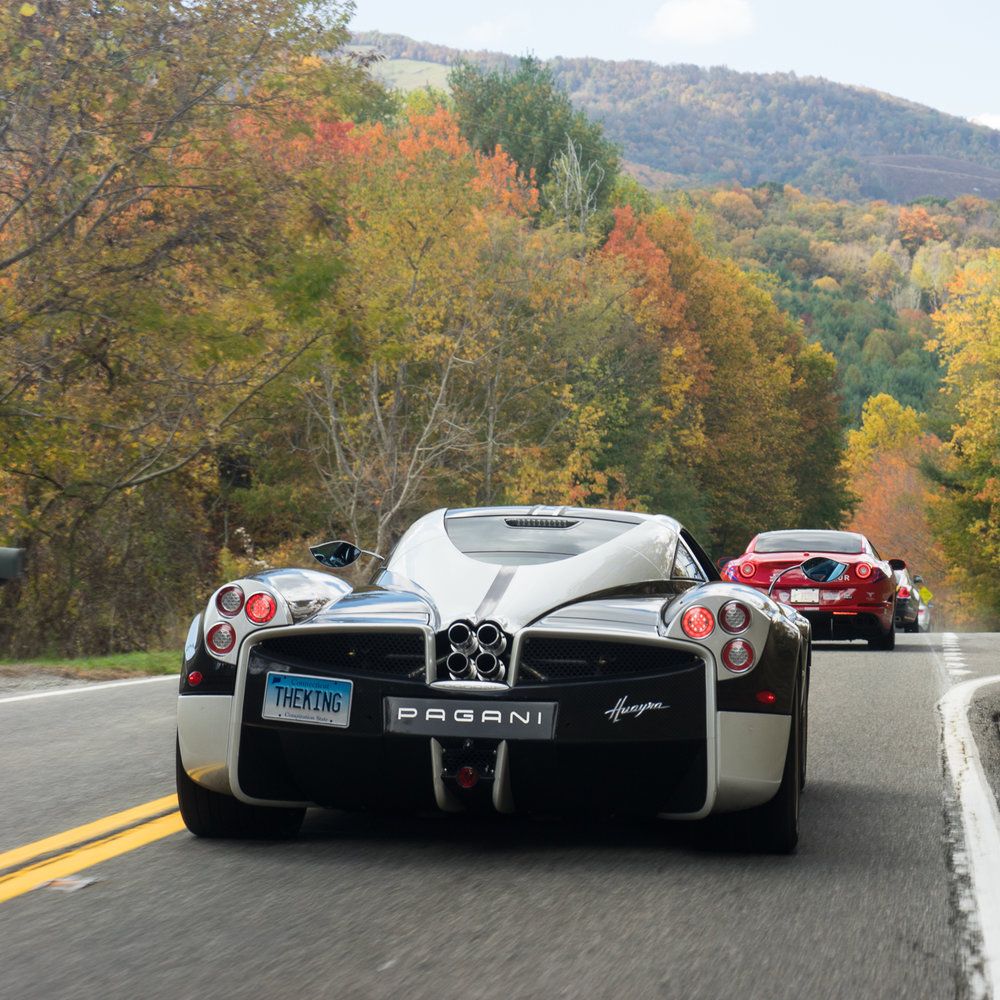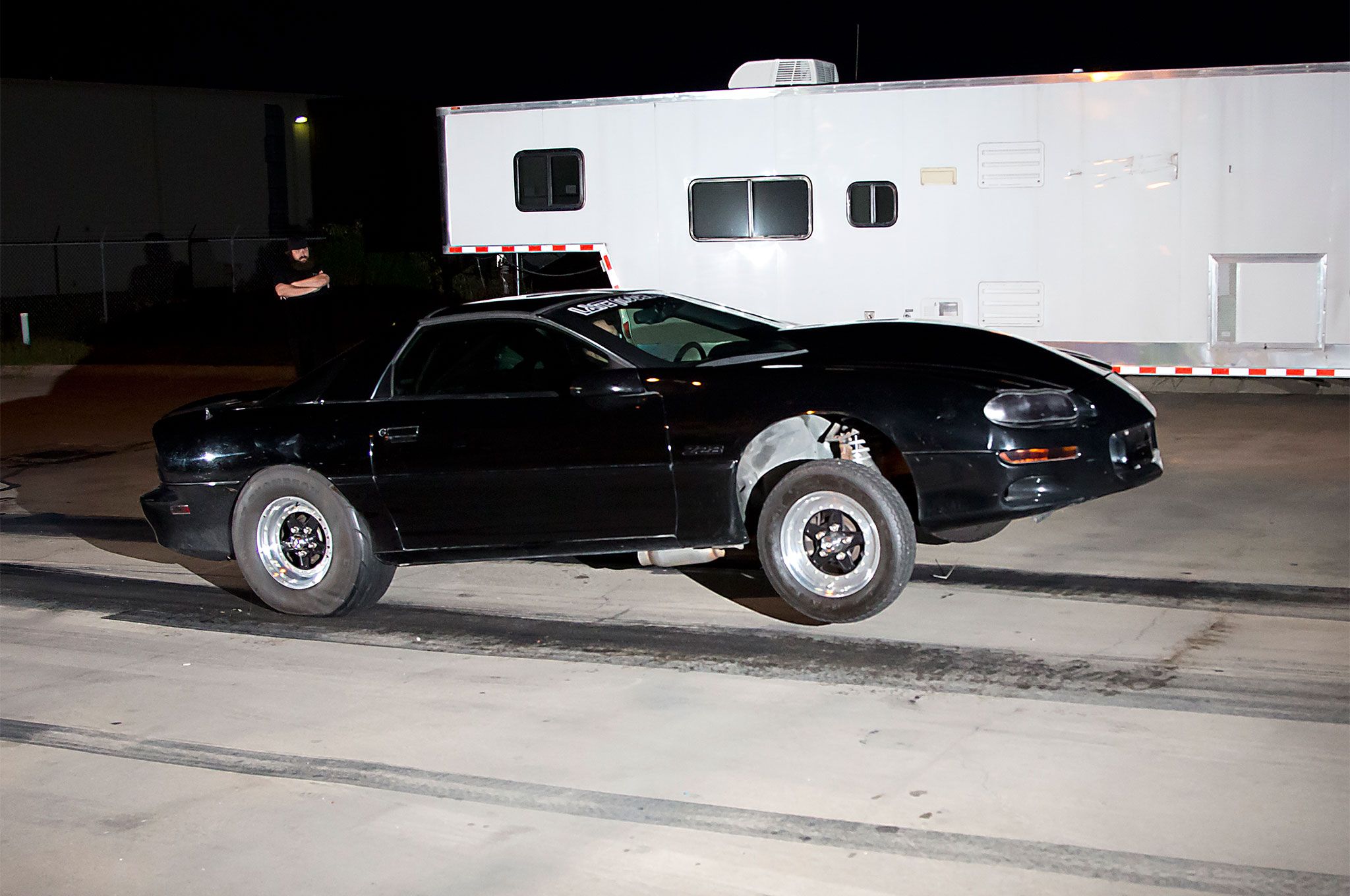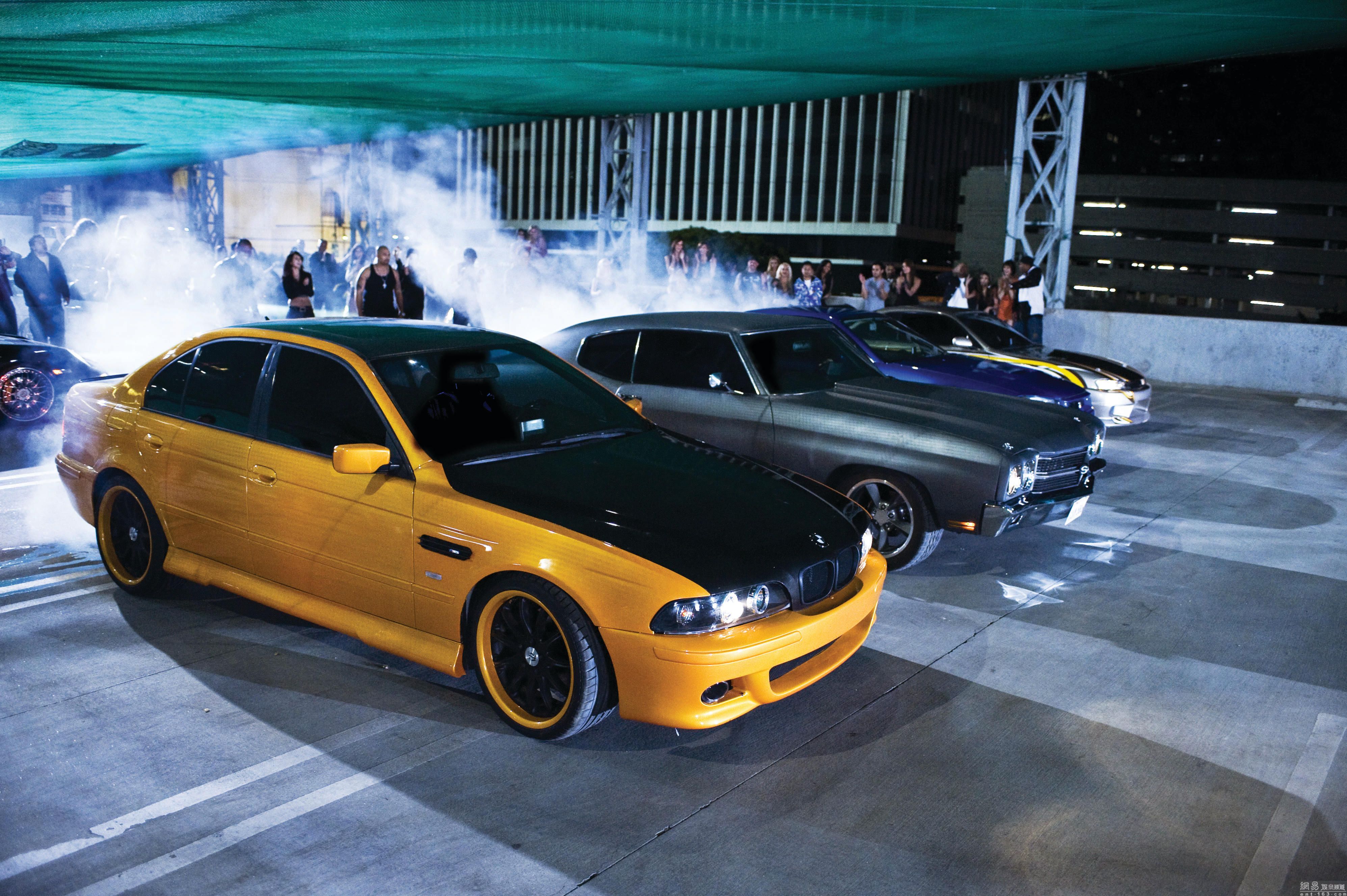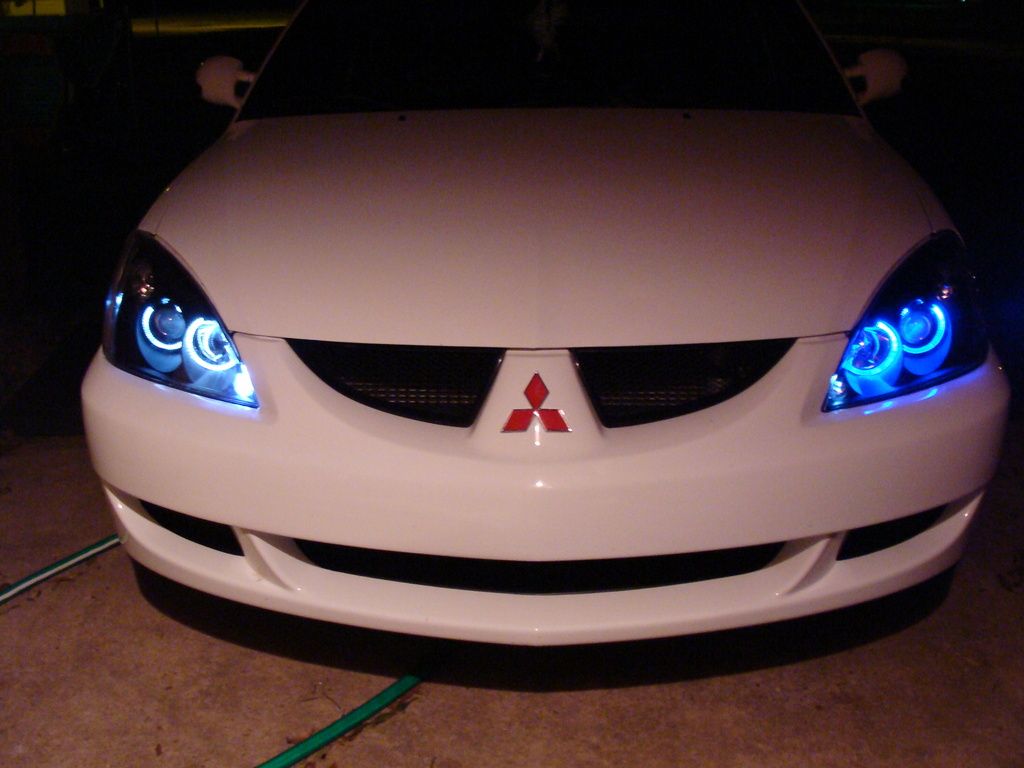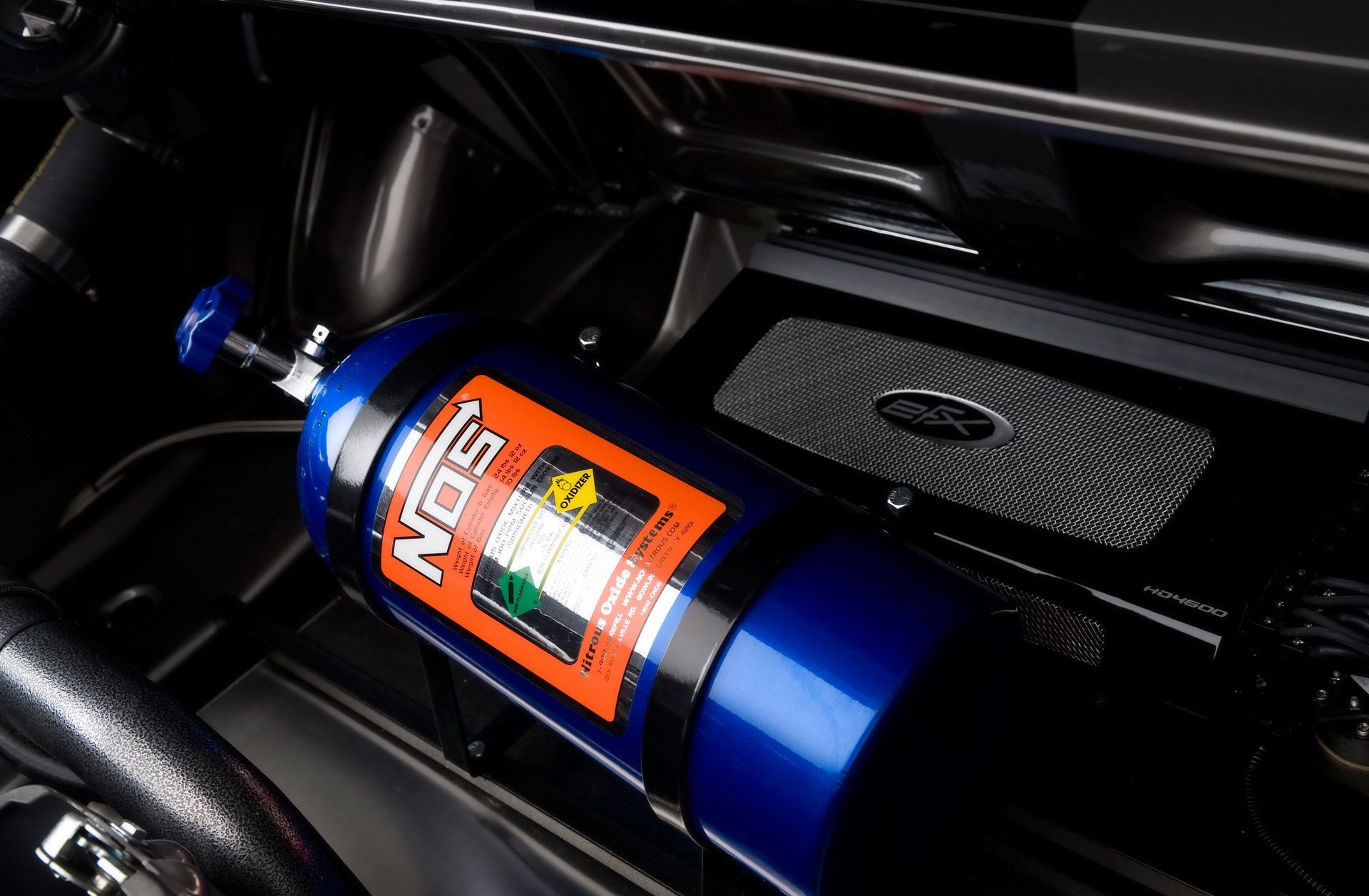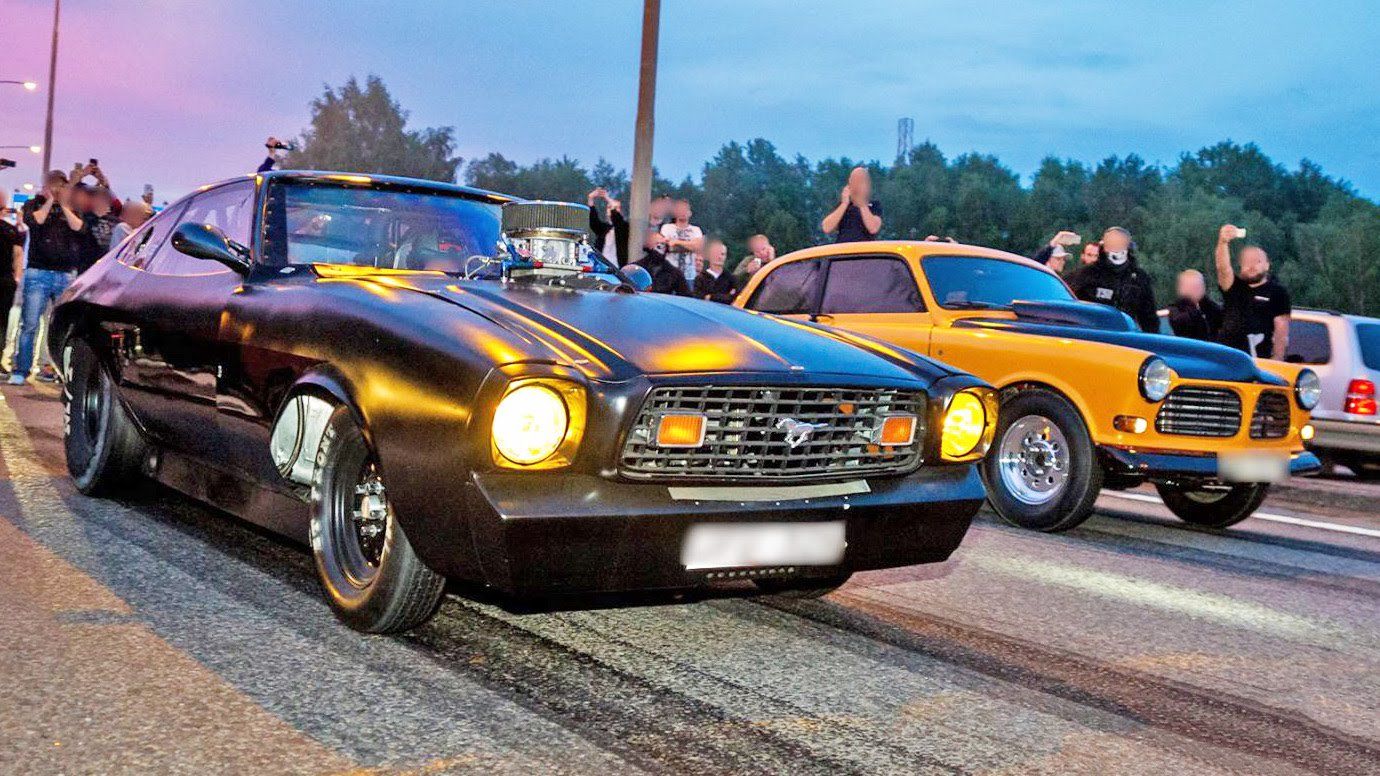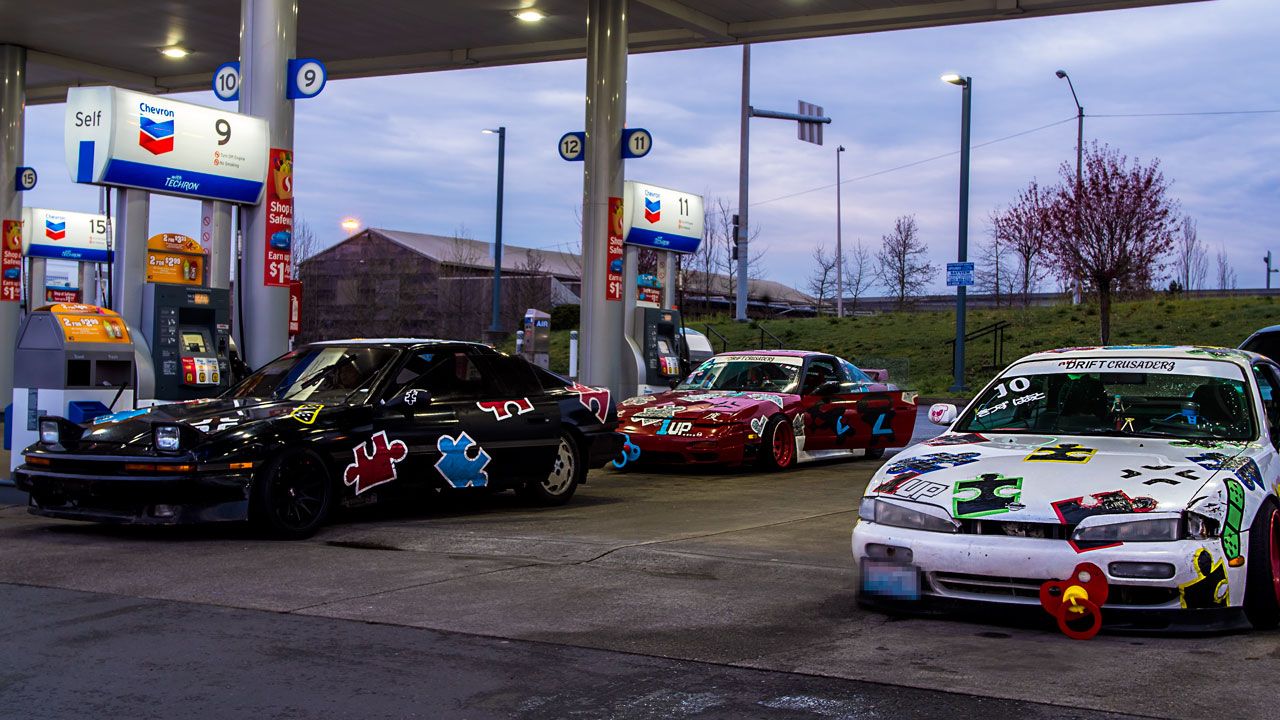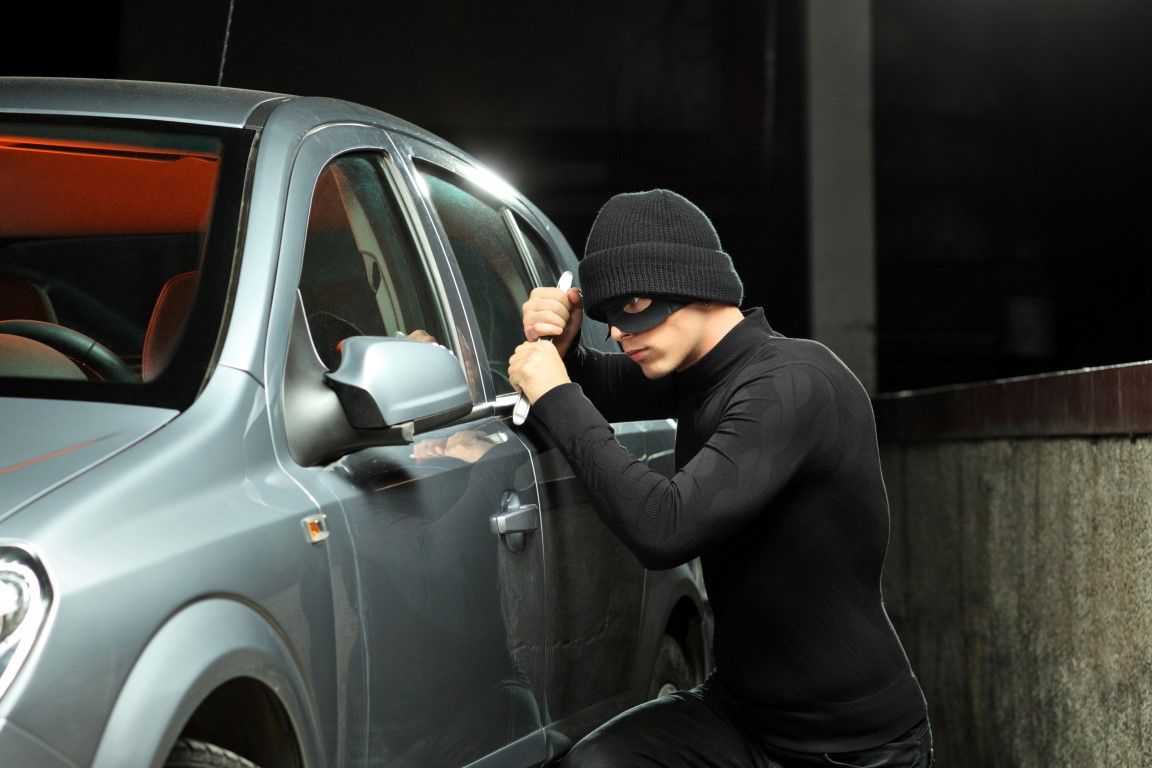The legend goes, the first race happened the first time two cars met. It's an easy-to-believe legend. Even the most passive among us can feel that urge to outpull the car next to us at the stoplight. For the fan of speed, the urge to test that speed against the next person is a hard thing to resist. It didn't take long for organized racing to begin to take place. That was fine for manufacturers and well-heeled gentleman drivers, but for the regular gearhead or the aspiring speed demon, an empty street and a hot opponent is all the temptation that's needed to put a foot down and test your driving, your building skills, and your nerve against the other drivers.
As roads became more crowded and cars became more powerful, street racing became more popular. The romanticism of the outlaw racer, that lone driver like a wild west gunslinger taking his challenges to strangers captured the imagination of the youth and the public. Movies like Two-Lane Blacktop and the modern Fast and the Furious franchises have captured that romanticism for generations. Racing on the street is unsafe; participants risk injuring not just themselves but also others. Then, there's the danger of arrest. But these haven't dampened the allure of street racing. Here are some things you might not know about street racing.
20 No One Really Races for 'Pinks'
One of the more romantic notions of the street racer is for the participants to put up their own car as the prize for winning the race.
The winner goes home with both cars, and the loser hitches a ride. It was the main scheme of the street racing gang in the cheesy '80s car movie The Wraith and the premise for the Speed Channel show Pinks.
The reality is that few if any drivers are willing to put their ride on the line for a race. Most street races are simply for bragging rights, and if anything's at stake, it's going to be cash.
19 Tire Size Matters
When racing for the NHRA or at the local drag strip, classes can be easily sorted out where the parity between the cars can be reasonably assessed. On the street, that's a lot harder to do, especially when you don't know what the other driver is hiding. One of the more visual and easy-to-determine factors in figuring out a car's potential is the size of the rubber at the drive tires. Street racers make a distinction between 'big tire' cars using large racing rubber and 'small tire' cars using more street-ready tires on their cars.
18 Negotiation
The racing show Pinks brought one of the more contentious elements of street racing to television: the negotiations. When looking for an opponent, as discussed, parity isn't exactly an easy thing to sort out. Before a race, the participants will look over each other's cars and try and assess the other car's capability while trying to downplay their own. This is part of the hustle of street racing: convincing your opponent of an easy win to bet big on while hiding your hand. While deception by omission is common, lying about what your car has like NOS or trans lock is frowned on.
17 ‘Dig’ Racing
For most of us, the image of drag racing is two cars lined up next to each other, revving their engines, smoking tires, and launching wheels up for the quarter mile. For the street racer, this is actually the most vulnerable style of racing, as it takes the most amount of setup. If the racers are rolled upon by the police, they're in a bad position to get away. For those that do it, some will refer to it as 'dig' racing, as the cars dig in to launch forward. Despite the vulnerability, it still remains the most romanticized version of street racing, often with a starter in the middle dropping scarfs or using flashlights.
16 "Lengths"
During the negotiations, one of the racers might determine that his opponent has more car than he has on offer. While the machinery is part of what's being tested, it ultimately is supposed to be down to the driver. To achieve that elusive parity, the street racers come up with a handful of handicaps that'll even out the cars. One of those is 'lengths,' where the car determined to have less power on hand is placed ahead by a number of car lengths (the distance from axle to axle on a car) as a start. This, of course, isn't an exact science, and negotiating a favorable starting position is part of the challenge.
15 The NHRA Was Founded to Stop Street Racing
In the 1950s, the manufacturing that had helped America during World War II was redirected towards cars and consumer products. Returning GIs were able to buy new cars, while kids were able to buy cheap pre-war 'jalopies' and put the big new engines in them. The Hot Rod was born, and with it, the menace of the reckless youth. Wally Sparks recognized that this panic threatened the hot-rodding community and formed the National Hot Rod Association to encourage young hot rodders to take their need for speed to abandoned airfields and dry lake beds.
14 The NHRA Threatened to Pull Licenses from TV Street Racers
The NHRA, since Wally Sparks' founding, has remained committed to the idea of taking people's need for speed and finding a responsible outlet despite its more visible role sanctioning professional drag racing. It's taken that mission seriously even to this day. When the show Street Outlaws showed racers supposedly racing illegally on public roads with NHRA stickers on their cars and official permits, the NHRA responded by threatening to pull the licenses of the participants even though the races actually took place on closed roads.
13 They Use Jurisdiction Lines to Hide
Fans of shows like The Dukes of Hazzard or car chase movies remember the trope of cars racing towards county lines in the hopes of losing their pursuers as they move out of the law enforcement jurisdictions. Of course, this doesn't work in real life where agreements between adjacent districts allow pursuits to carry over. Racers will set up at the edges of jurisdictions, however with, 'lookouts,' so they can move before a patrol finds them into the nearby district and start again in a new district where the patrol won't go without a pursuit.
12 3 Honks Mean Go
Street racing isn't always a formal affair. All it takes for some is another lead foot and a willingness to go for it.
When two willing participants meet while going down an empty road or freeway, they use a series of signals to communicate intent. Sometimes, that's flashing lights or short honks of the horn.
One of the signals that are more or less universal is the 'go' signal. Once the participants have lined up, one of them gives three short honks to simulate the lights on a drag strip, and on the third honk, they go.
11 Street Racing Dates Back to at Least 1903
As mentioned earlier, the legend is that racing dates back to the first two cars being on the road together, but officially, the first records of a street race date all the way back to 1903. Given the cars of the time, it was a long way from the wheel-standing, rubber-burning affairs of today's street race. The ubiquitous quarter mile that we associate with the drag race came about from runway lengths. Those first races were more point to point, roughly worked out by participants ahead of time often in scratch-built cars.
10 “Pottstown” Racing
There are no start/finish lines on the streets with convenient time traps and scorers. Street racers have come up with a variety of ways to determine where the finish line is or how to determine a winner. In the 1980s in Pottstown, PA, the street racers there came up with their own approach. Racing through intersections, the competitors would go until one of them was caught up by the red light. This kind of traffic-light racing remained popular in the '80s and spread, taking the name of the town with it.
9 “Cannonballs”
When we think of street racing, we generally picture the drag racer hitting a straight line to a finish line in a quick race taking less than ten seconds, but that's not the only kind of street racing there is. Made popular by the Burt Reynolds movie Cannonball Run, the coast-to-coast race was based on a real event loosely organized by the eventual editor-in-chief of Car and Driver, Brock Yates. The challenge was to leave from New York and race to Los Angeles in the shortest time possible. The race has a legal counterpart now in the Lap of America where speed is done on closed raceways and show rallies like the Gumball.
8 The "Go"
Reaction times are a major factor in drag racing. Once underway, the hustle is mostly up to the car and the driver managing the gears, but in an evenly matched race, those fractions of a second between when the light turns green and the foot goes down make all the difference in the world.
One of the handicaps that racers will concede is to give the start to the underpowered car.
Giving the start of the race to one of the drivers can be enough of an edge to even out the cars for the quarter mile or whatever distance they've laid out.
7 Street Racing Can Have a Toll
It wasn't just the decency leagues and concerned citizens clutching pearls that threatened the youth hot rod culture. Jalopies weren't safe, and racing on public roads endangers not only the racers but also the people that aren't involved and are trying to use the roadways.
Today, street racers try and have a code of conduct that keeps them away from the general public, but not everyone follows it, and it doesn't always work.
While it's difficult to determine if fatalities stem specifically from street racing or just reckless driving, it's estimated that close to 1% of reckless driving fatalities stem from street racing.
6 "Flash" Signals
When rolling up on a potential opponent on the open road, it's hard to negotiate a race or even indicate that you want to start one. One of the many ways to indicate for a race is to flash the other driver with high beam lights. On the autobahn, flashing lights can indicate a faster car is coming, and this practice has been adopted worldwide. For the street racer, it can also double as a challenge. Hazard lights can also be used to indicate readiness or to signal the end of a race or a nod to your opponent. Whether or not that's a friendly nod or rubbing in a victory is up to the receiver.
5 "Bottle"
Every scene has its collection of slang and terminology. For engines, there are a lot of ways to get power, mostly by adjusting or increasing one of the three main elements of fuel, spark, or air. Drag racers are fond of mixing up the fuel part of that equation by using a blast of nitrous oxide. This highly volatile fuel can give the engine a big although brief boost of sudden power. This is delivered through a bottle hooked up to the fuel system that's triggered by a button or switch. Racers will refer to cars that have nitrous oxide or NOS as 'bottle' cars.
4 Code
While not everyone that races is on board with Wally Sparks' NHRA or the newer organizations like Racers Against Street Racing from the SEMA network, they do recognize that they have to protect their hobby from the public and vice versa. For the street racer, that means no daylight racing or racing in populated or busy areas. The code also extends to how they interact as well, like misrepresenting their car or lying about something under the hood when asked directly. Things like that can result in the perpetrator forfeiting the bet.
3 DP or Down Payment
While racing for 'pinks' isn't that common, racers will race for cash. There may not always be a trusted person to hold on to the purse for the race. Racing is a tricky sport in that the participants are in fast cars. There's very little that would prevent a loser from just driving on after a loss to avoid paying up. For this reason, racers will offer a down payment or a DP as a guaranteed minimum should the loser bail out or if the person bet more than he actually had. While both activities are also likely to get the person doing them a bad reputation in the community, you don't always know the person you're racing against.
2 Too Old For School, Too Young To Drink
In American culture, there's a no man's land for youth growing up. From the age of 18, for most things, people have reached the age of maturity; they're responsible for most of their lives and are free to do what they want. However, they're not old enough to go to bars. For the young people looking for something to do out of their (often) parents' houses at night, there are fewer options. In this gap is where kids can get creative with their time. While there are certainly older street racers, especially the ones who can afford the expensive upgrades, often, they get their start filling their nights between 18 and 21 tearing up the backroads of their town.
1 Theft
Racing isn't a cheap sport. The car itself, even if it's cheap for a car, is still a hefty investment. That's before you get to the add-ons and go-fast bits that make the car unbeatable. For the most part, it's best to start with a car that's already fast. While the most stolen cars in American just so happen to coincide with the most sold cars, there's a bump for fast cars that are stolen in relation to their sales. Some of the risk of street racing is that the racer has all of his valuable assets in one bundle that can be stolen and parted out to sell to other aspiring racers.

